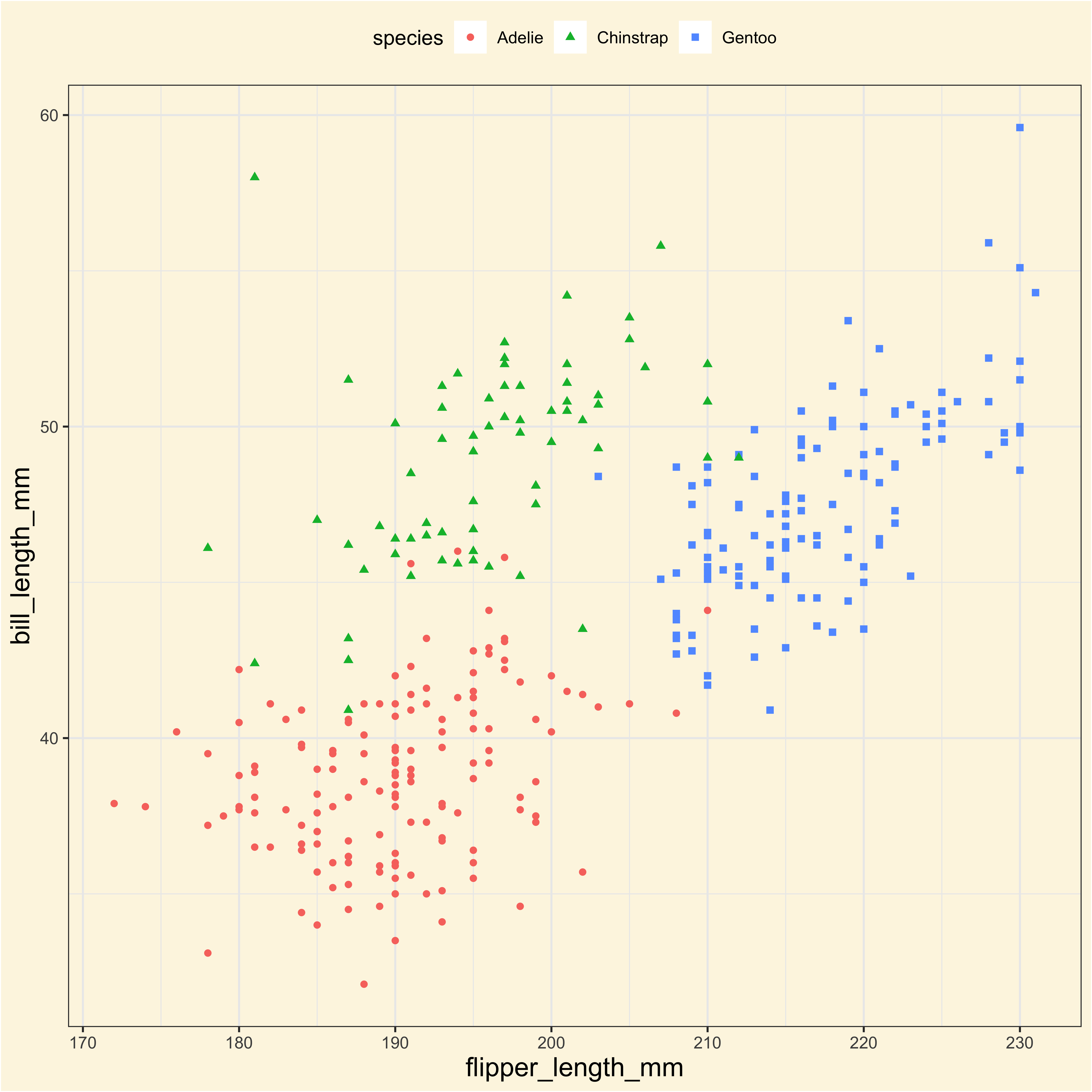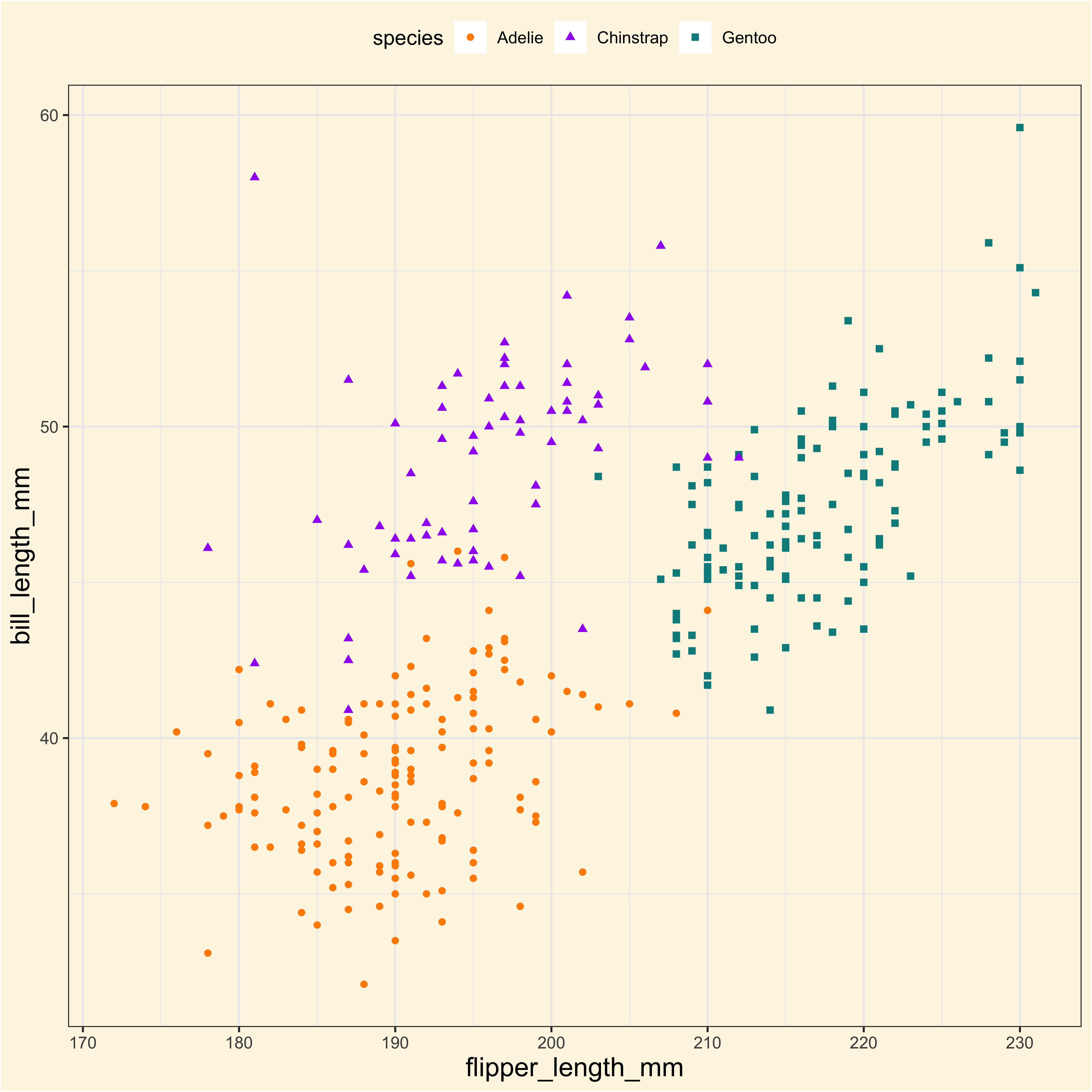An introduction to the Tidyverse
https://bit.ly/3LWSBQK
Camilo G.
Alejandra S.
Ronald D.
Andrew C.
Mauricio S.
(Un)Tidy data - a horror story1
1. Empty cells
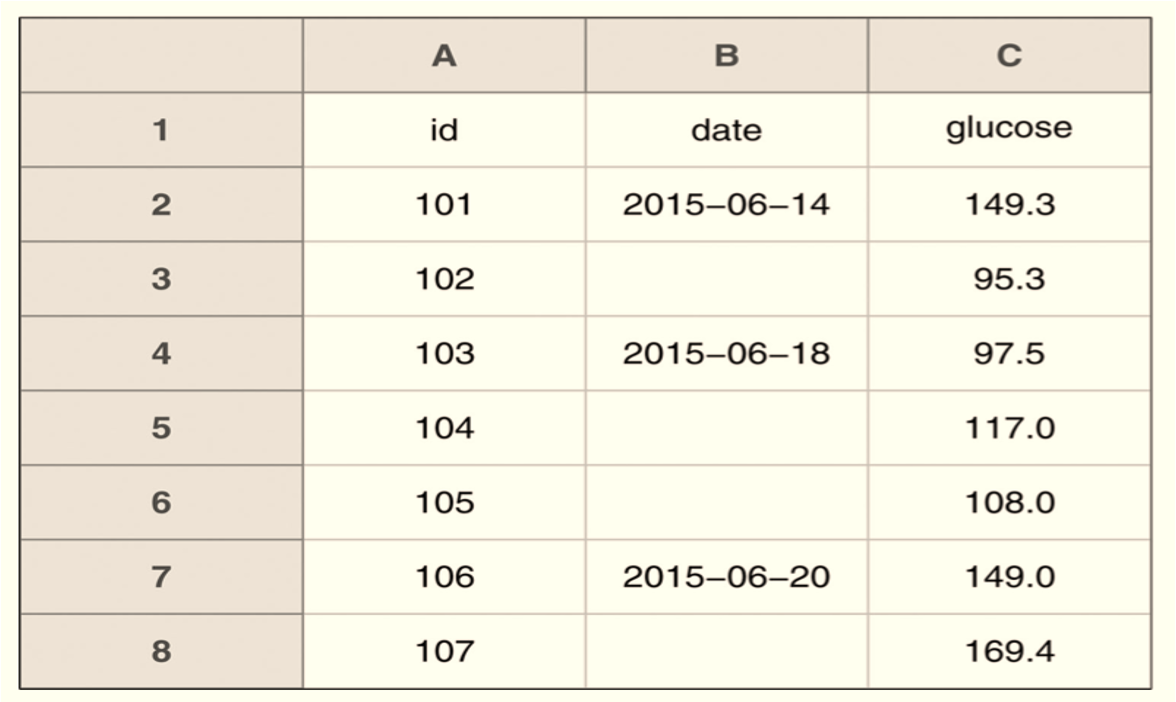
2. Inconsistency
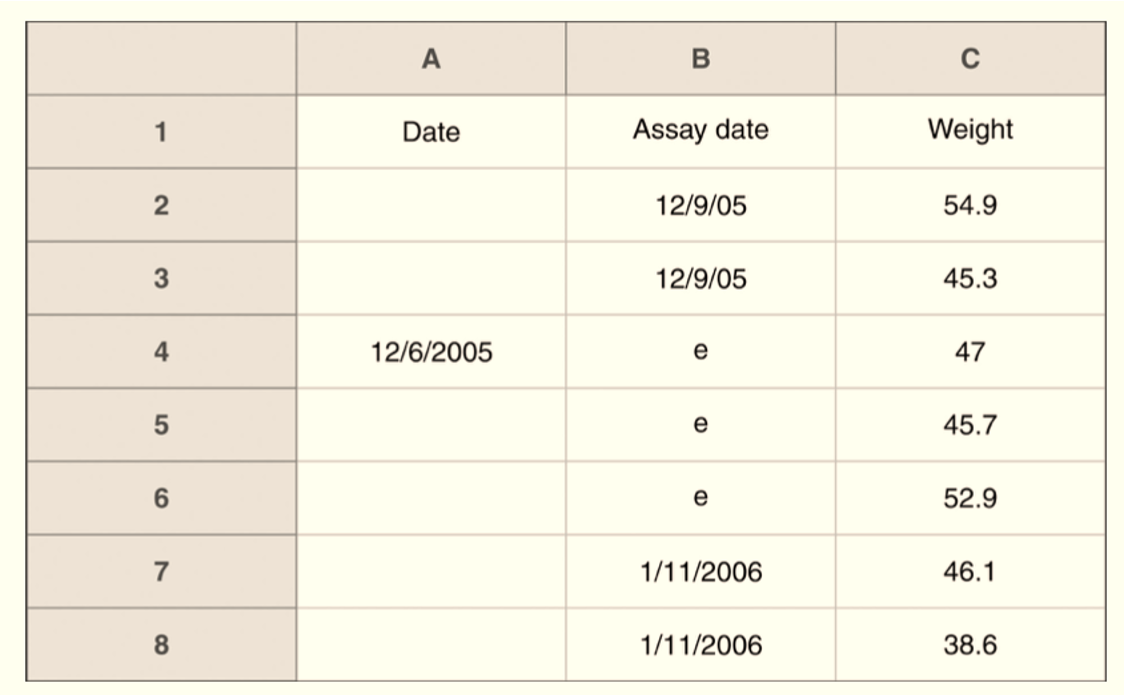
3. Complicated layout

4. Multiple id-row

6. Summaries
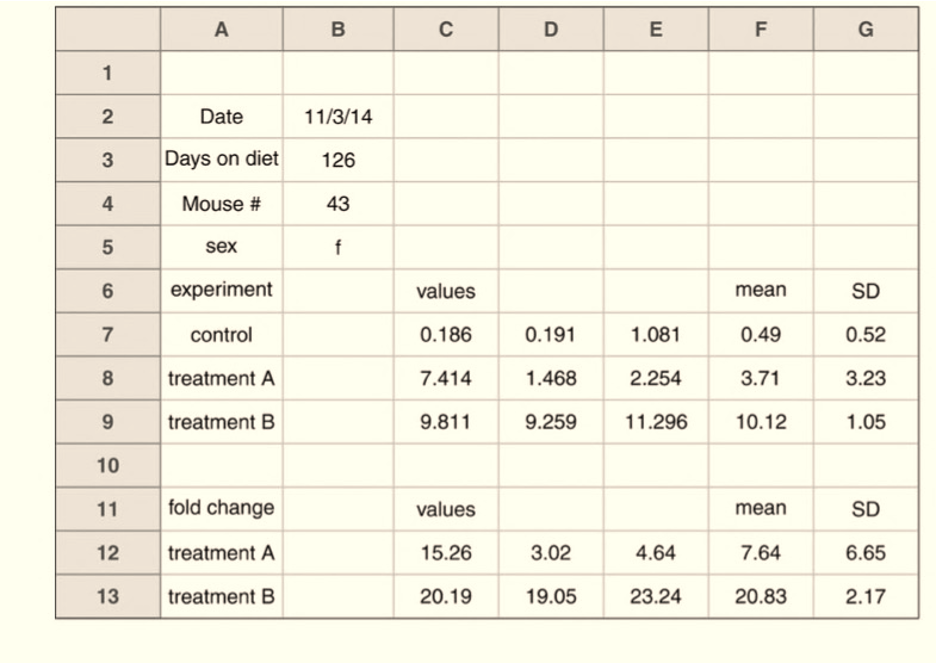
7. True Horror data
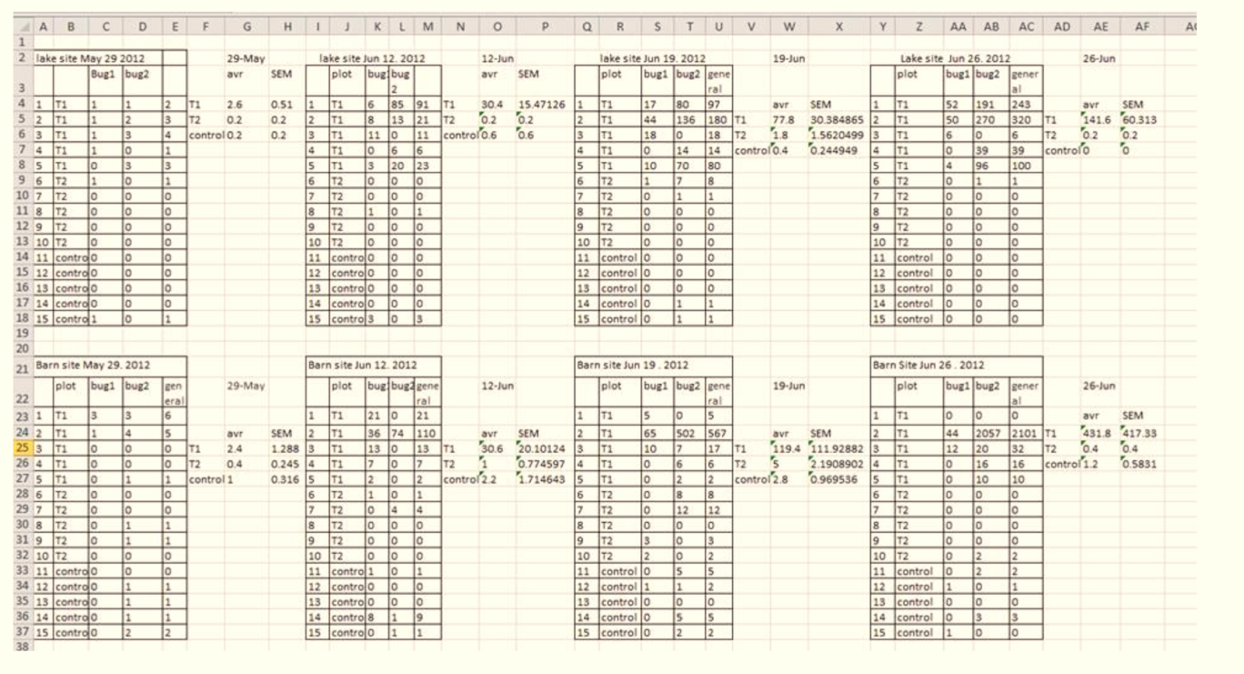
Horror data
A Tidy data set

Tidy data

Tidy data principles. Fuente: https://r4ds.had.co.nz/tidy-data.html

Make friends with tidy data
The Tidyverse


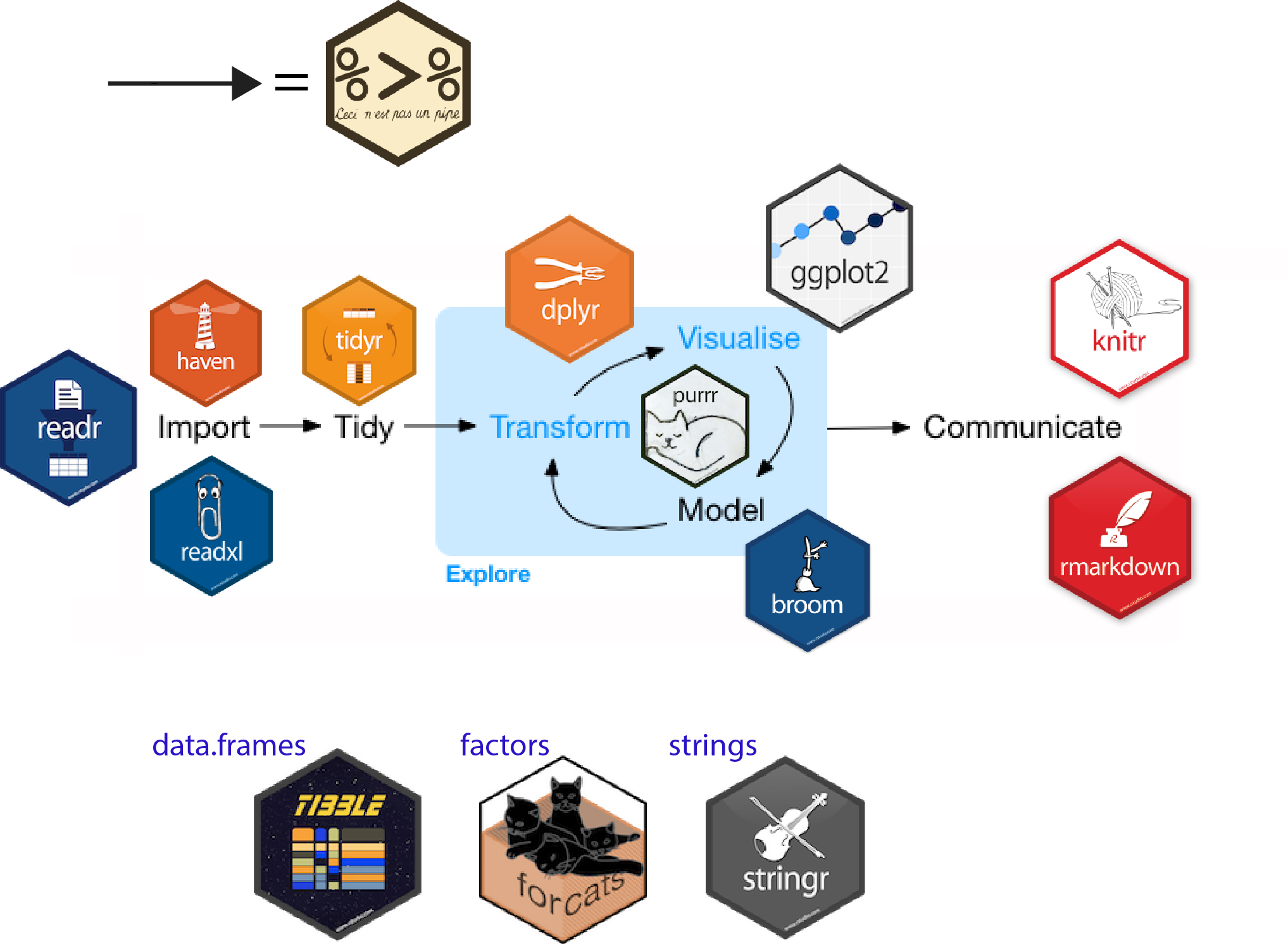
Manipulating data with the Tidyverse
The Palmer Penguins Data Set

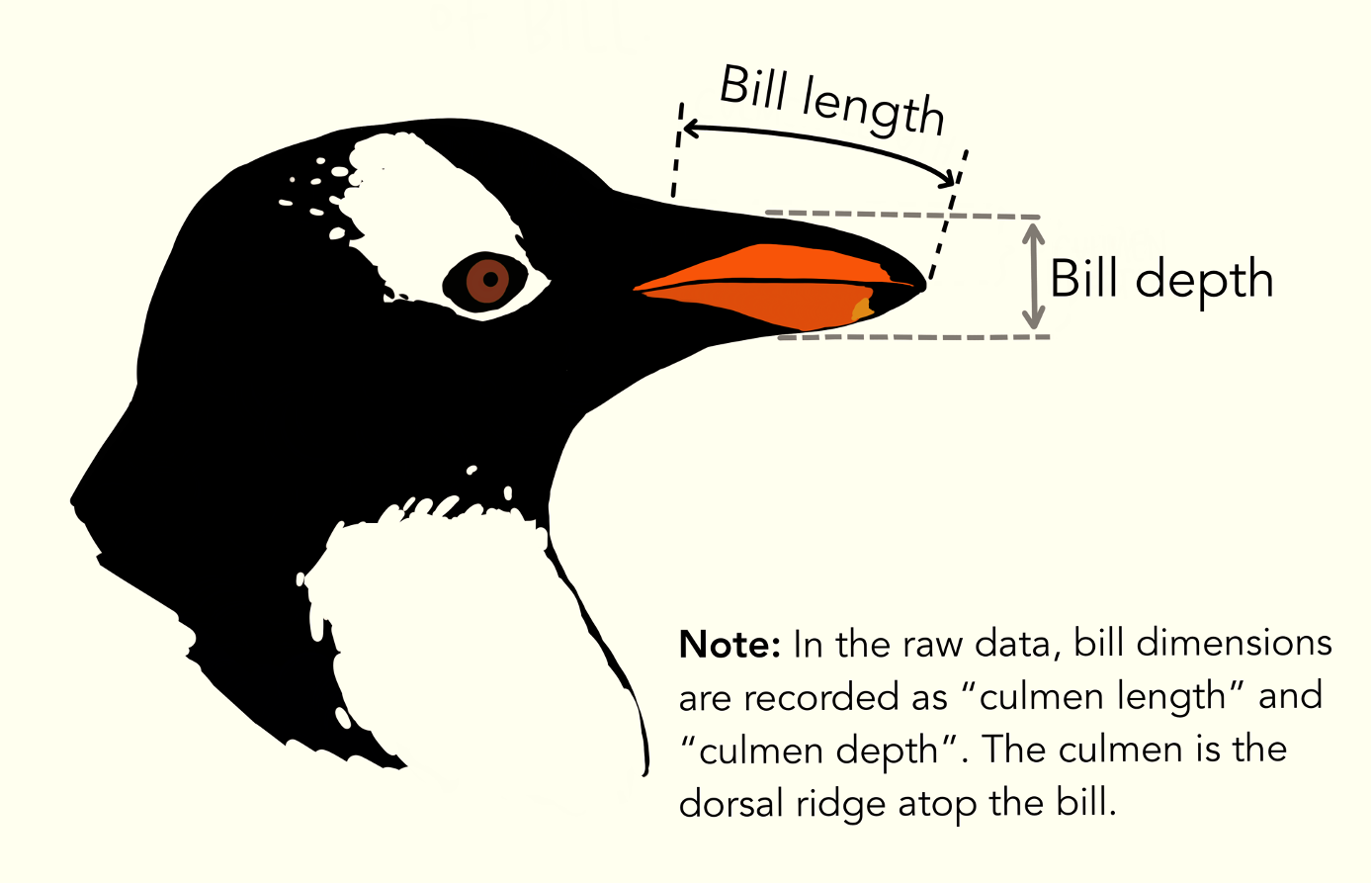
Importing libraries:
Data wrangling and cleaning

-
filter(): it filters the observations (rows) by satisfying a criterion -
mutate(): creates a new variable (column) based on existing variables. -
select(): selects variables (columns) -
group_by(): groups observations according to the categories of a variable. -
drop_na(): gets rid of NA values in the entire dataset or in certain variables. -
summarise(): reduces multiple values to a single value based on an operation (e.g.mean())
A common set of operation are written as:
Let’s try them out
What are the max and min body sizes for Adelie and Gentoo penguins?
Data visualization with ggplot2

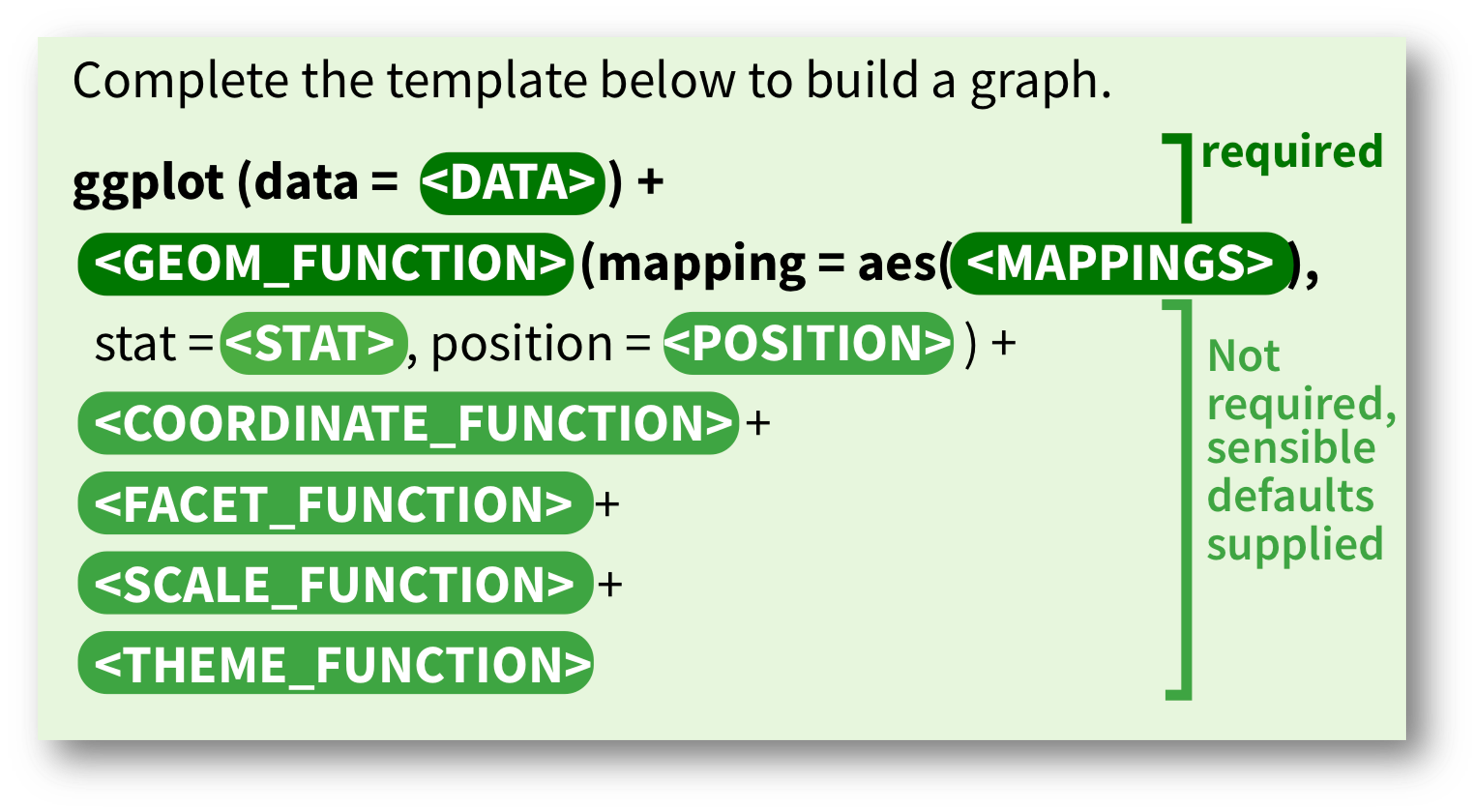
Importing libraries:
Code
ggplot(
data = penguins,
aes(
x = flipper_length_mm,
y = bill_length_mm
)
) +
geom_point(
aes(
color = species,
shape = species
),
size = 3,
alpha = 0.8
) +
scale_color_manual(values = c("darkorange", "purple", "cyan4")) +
labs(
title = "Flipper and bill length",
subtitle = "Dimensions for Adelie, Chinstrap and Gentoo Penguins at Palmer Station LTER",
x = "Flipper length (mm)",
y = "Bill length (mm)",
color = "Penguin species",
shape = "Penguin species"
) +
theme(
legend.position = c(0.85, 0.15),
plot.title.position = "plot",
plot.caption = element_text(hjust = 0, face = "italic"),
plot.caption.position = "plot"
)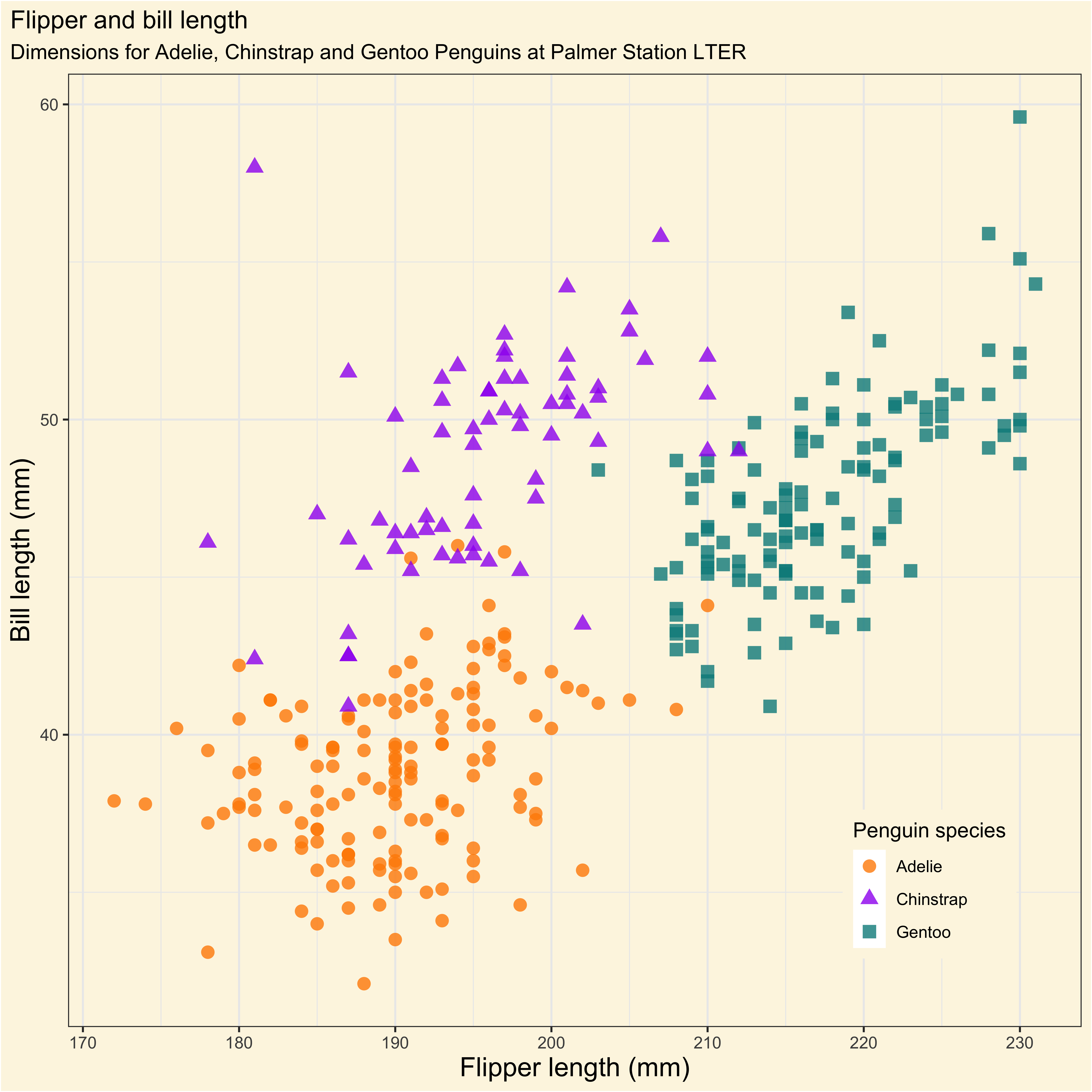
ggplot(
data = penguins,
aes(
x = flipper_length_mm,
y = bill_length_mm
)
) +
geom_point(
aes(
color = species,
shape = species
)
) +
scale_color_manual(
values = c(
"darkorange",
"purple",
"cyan4"
)
) +
labs(
title = "Flipper and bill length",
subtitle = "Dimensions for Adelie, Chinstrap and Gentoo Penguins at Palmer Station LTER",
x = "Flipper length (mm)",
y = "Bill length (mm)",
color = "Penguin species",
shape = "Penguin species"
)
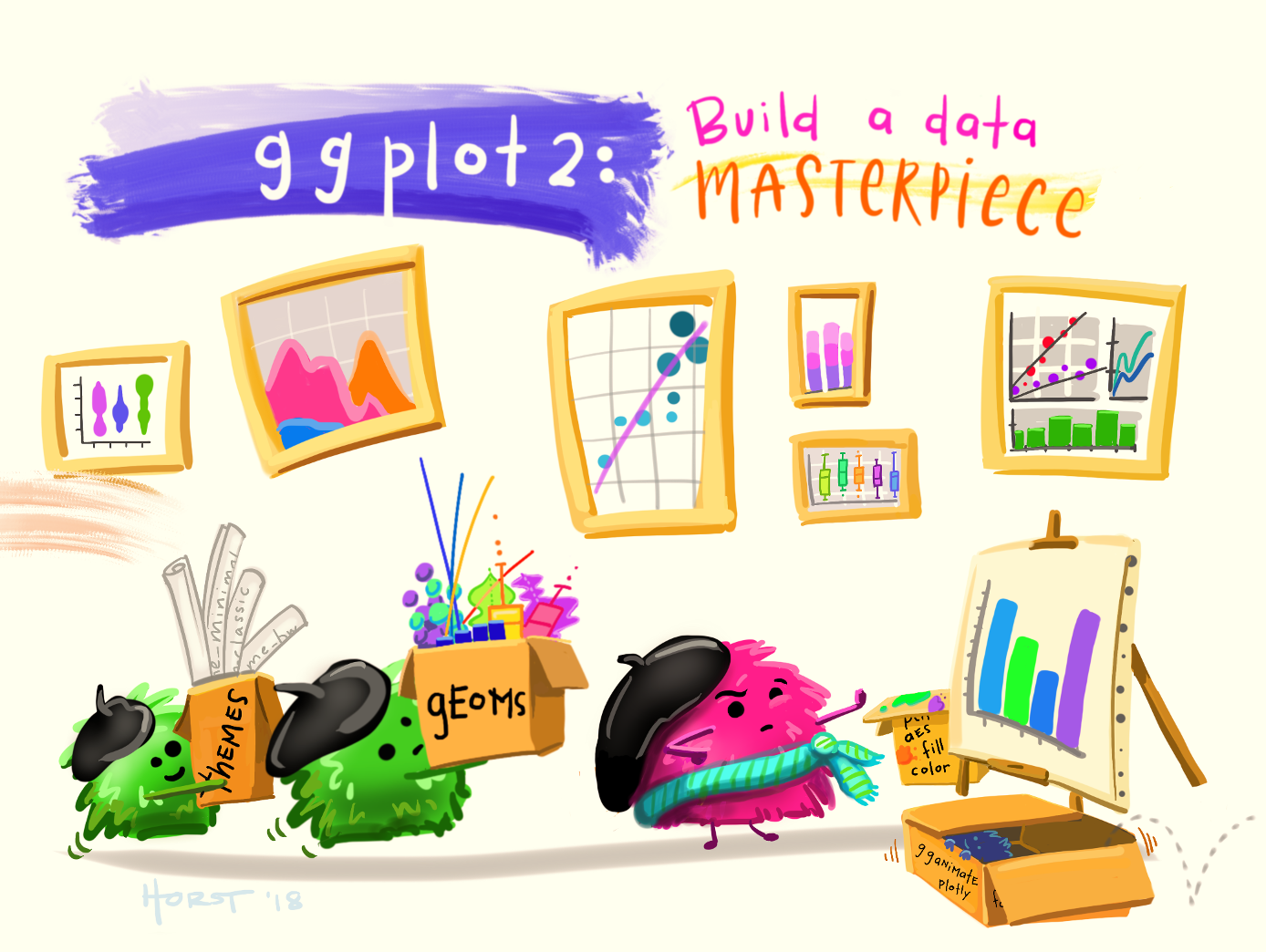
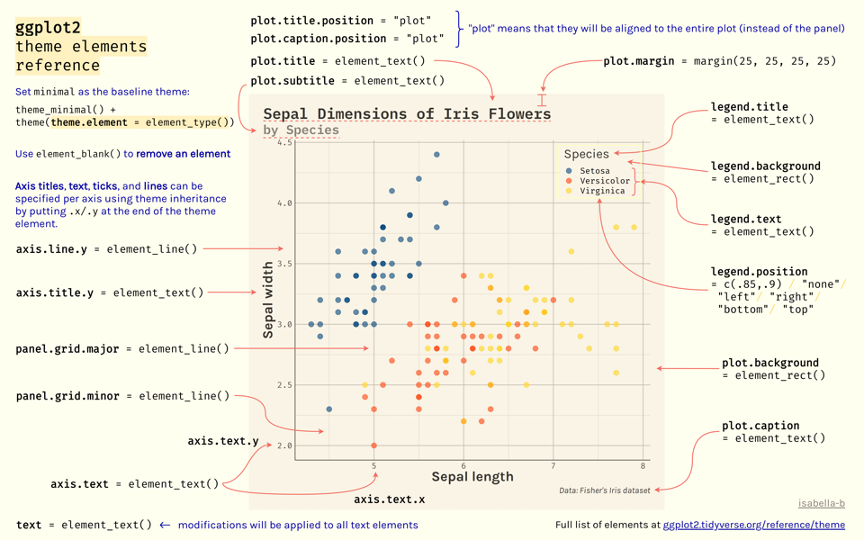
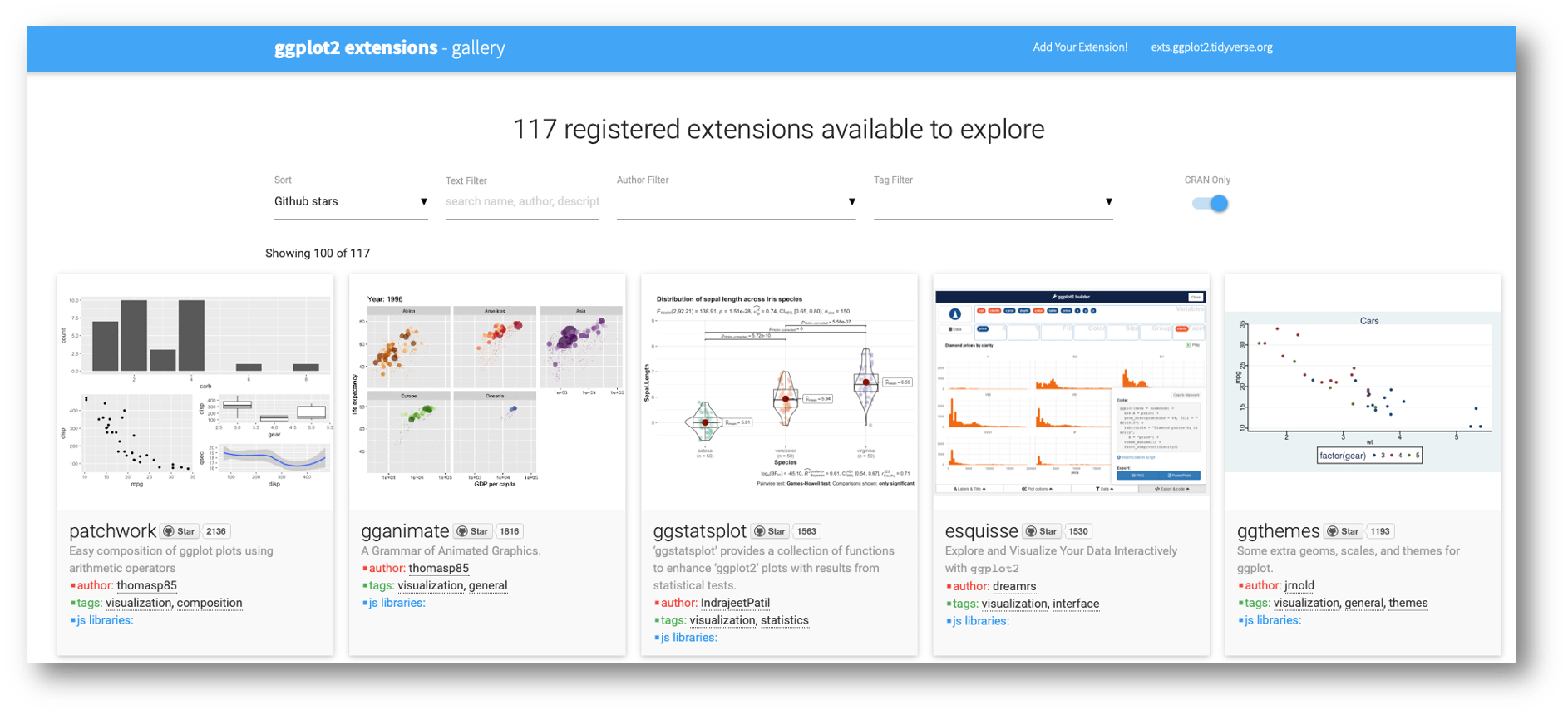
visit in https://exts.ggplot2.tidyverse.org/gallery/
References
Broman, Karl W, and Kara H Woo. 2018. “Data Organization in Spreadsheets.” The American Statistician 72 (1): 2–10.
BIOL2205 - Inferencia e Informática - DCB - Uniandes

